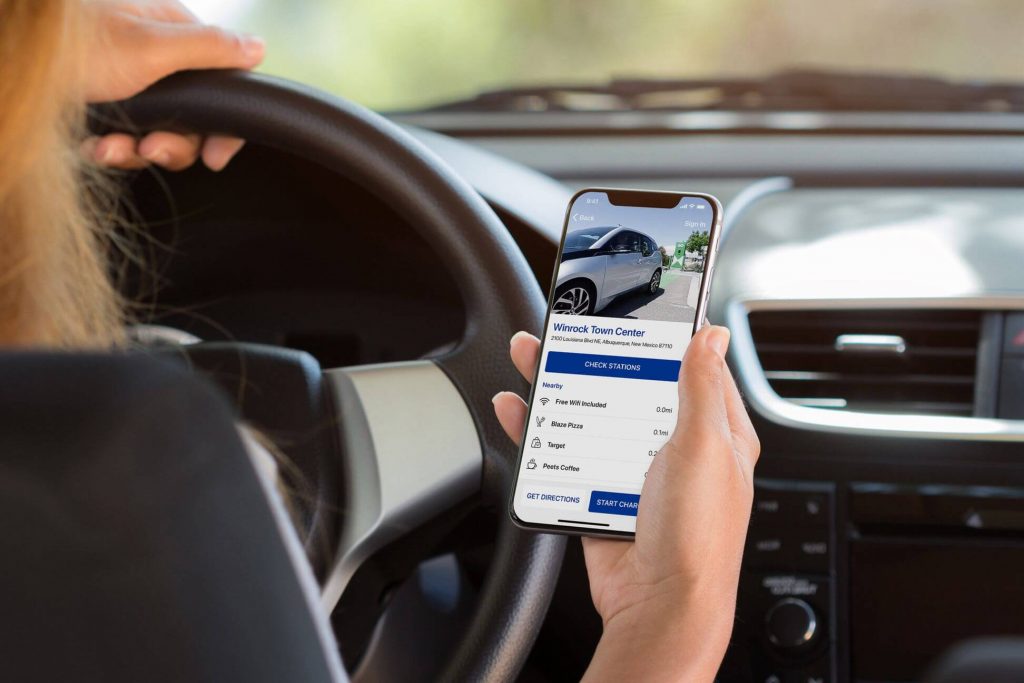According to ABI Research Electric Vehicle (EV) sales will move from 7% of total new vehicle shipments in 2021 to 19% in 2027. Improved battery range, support for DC fast charging, and higher charging power are OEM embedded innovations that have made EV ownership more appealing. However, in-vehicle and charging user experience improvements are still required to bring EVs to the mainstream.
“While OEMs have made significant improvements in EV technology, there are still important obstacles that OEMs and the EV ecosystem must overcome to drive mass adoption. From a customer perspective, the lack of accurate range and charging information and a below-par public charging experience are the main obstacles preventing adoption by typical automotive buyers.
Additionally, carmakers are still struggling to reduce production costs and, consequently, EV prices. As a result, EV ownership is still concentrated around wealthier tech-savvy early adoptions,” explains Maite Bezerra, Smart Mobility and Automotive Research Analyst at ABI Research.
As EV battery range improves and public charging infrastructure expands – 7.1 million charging points will be available globally in 2025 up from 1.6 million in 2021 – focus is shifting to improve the EV ownership experience to drive loyalty in existing drivers and build trust in electrification to prospective EV buyers.

This includes receiving accurate real-time information about the battery range and charging information through the in-vehicle infotainment system and companion app interfaces, which is not widely available today. To that end, carmakers and navigation software developers (e.g., HERE, TomTom, ChargeTrip) must partner with charge point operators (CPOs) and e-mobility service providers (eMSPs) to bring EV routing, charge point information, and even payment in-vehicle via a connected strategy. In 2025, 72% of EVs sold will have embedded connectivity.
Pricewise, carmakers can significantly reduce production costs by implementing (electrical/electronic) E/E architectures optimized for EVs, such as centralized and zonal architecture. Additional electronic components, such as Battery Management Systems (BMS) offered by companies such as NXP, can also improve the efficiency of existing batteries while providing more accurate range estimation. Furthermore, new business models that separate vehicle and battery (e.g., NIO’s Battery-as-a-Service (BaaS)), can lower the price entry point and make EVs more price competitive.
“Besides vehicle-specific measures, wider EV adoption will require utility companies to radically change last-mile energy distribution to accommodate the increased demand and consumption without expensive network investments. That can be achieved by using input from energy management platforms offered by eMSPs (e.g., Virta, Blink, ChargePoint) for better planning and distributed energy resources (DERs), including EV batteries via bi-directional charging (V2G) for efficient energy allocation and storage. The recent agreement between Nuvve and New Hampshire Electric Cooperative (NHEC) demonstrates that utility companies are starting to place value in V2G solutions,” Bezerra concludes.
